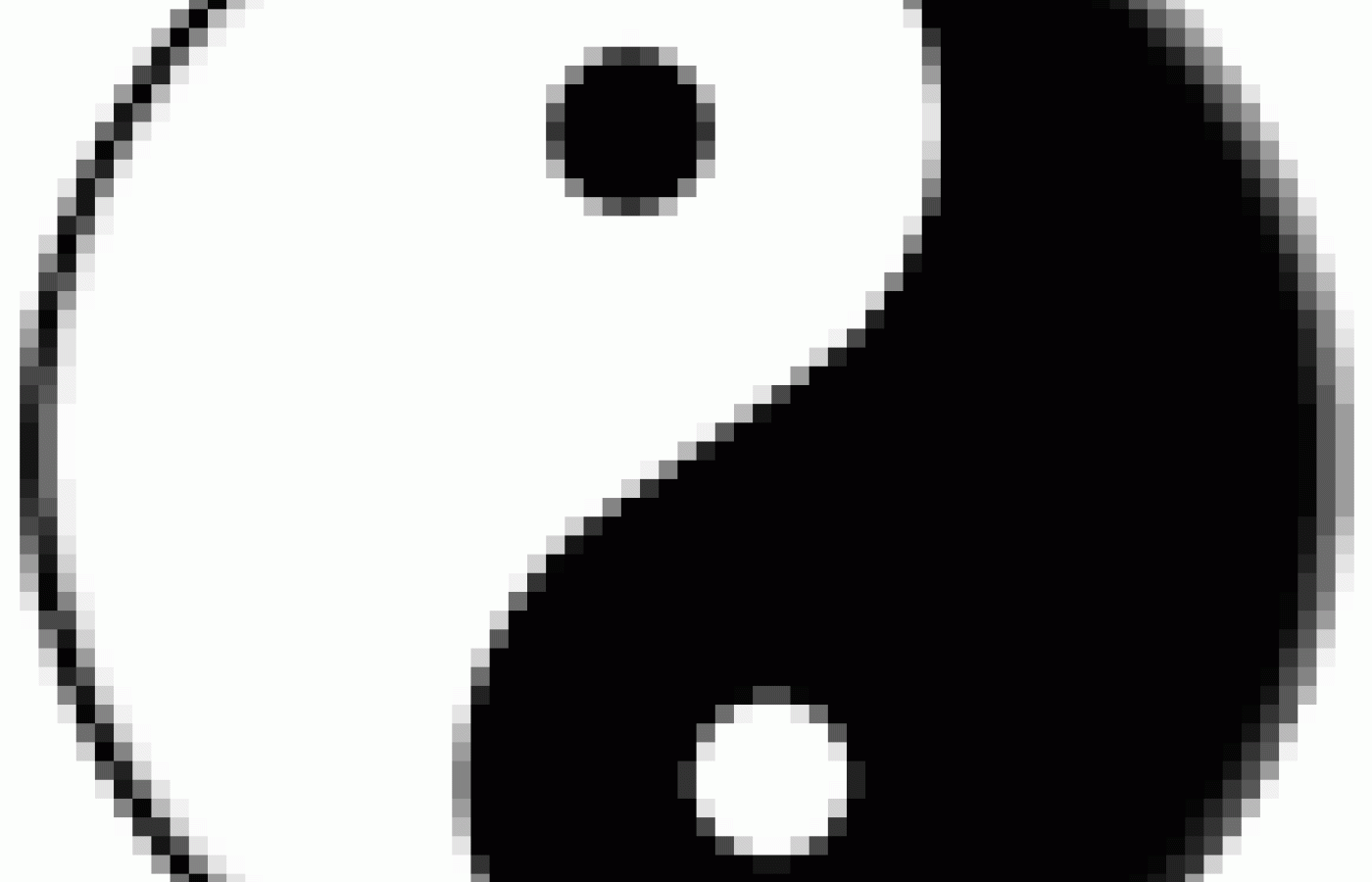People today want convenience, whether it be from their bank, credit card, favorite retail store, or restaurant. They demand it from the companies who hold their loyalty, including their health care providers (you). They don’t want to call and possibly be put on hold, and they want to use an app or schedule an appointment on your website. Here are three reasons your practice can gain by switching to online appointment scheduling.
Where's the Qi in the Clinic?
I have learned tai chi, qi gong and qi theory, but during my four years of acupuncture school and five-plus years of practice, I have not seen qi in the clinical setting. I have worked with acupuncturists in offices throughout New York and Long Island and spoken with others at seminars, and the general consensus seems to be that the experience of qi is in the classroom (tai chi and qi gong), not the clinic. Those I met are skilled at diagnosis and treatment using the theory of qi, but something seems fundamentally amiss when practitioners do not experience qi when treating patients. Arriving at a qi sensation when needling is good; it's like scratching the surface of a boulder.
I was introduced to qi 10 years ago in college, and was so enthralled by it that I turned away from a career in research science to become an acupuncturist. My limited experiences of becoming aware of qi and qi gong made me realize that qi is a powerful and profound force. I went to acupuncture school to explore it more fully.
In school, we studied theories and patterns extensively, but very little time was dedicated to the experience of qi in the clinical setting. The acupuncture/herbal program had one class in tai chi and one class of qi gong, but did not include clinical applications. These two classes felt more like electives than an introduction to the foundation of traditional Oriental medicine. Theory is necessary to practice, but practicing without experiencing qi clinically is like driving a car and not knowing what's under the hood.
Through experimentation, meditation and some qi gong, I was able to (and still continue to) explore qi. I find that being able to touch qi stagnation without palpating the patient and feeling the strength of the qi flow rewarding. I noticed that TCM descriptions such as "soothing the channels" became much more clear. Being able to sense the qi dynamic of the patient enables me to determine if the points used are working as they were intended, as well as overall changes after and between treatments. I suspect the ancients had these abilities - and more - when they treated and developed the theories we use today.
I feel that as a profession, we need to remember our roots and bring our qi experience back into the clinic. Becoming practically aware of the patient's qi dynamic and how we affect it, brings our treatment to another level. We understand the patient's experience on the energetic level more clearly than from standard evaluation methods, and sometimes observe tendencies unnoticed by the patient. We should not say to a patient, "the Chinese believed ..." but "the Chinese knew ..." with confidence when speaking with a patient.
Qi is the foundation on which our work is based, and it is what differentiates us from Western medicine. When we consider qi just a theory, and treatment is based on protocols, we do not fully appreciate or utilize the power of qi, which makes us vulnerable to absorption by Westernization. We should not wonder why Western medical professionals seem to consider a few hundred hours (or no training) sufficient to practice acupuncture. We should not feel surprised when chemists strive to extract chemicals to create drugs from herbs and Western professionals misuse herbs that lead to their banning. How can we expect them to understand how qi works in the clinic when we don't experience qi in the clinic ourselves?
I learned about the clinical applications of qi from experience and determination. Qi is incredible in that it is manifested in many ways, influences and is influenced, serves as a driving force for life's functions and is real. This should not be forgotten. I even give workshops to share what I have learned and developed so practitioners can put qi practically into their clinic. This serves to make them better providers and preserve the integrity of a wonderful system we inherited. It is entertaining to see a qi gong master perform incredible feats, but the healing power of qi is accessible to all of us.



